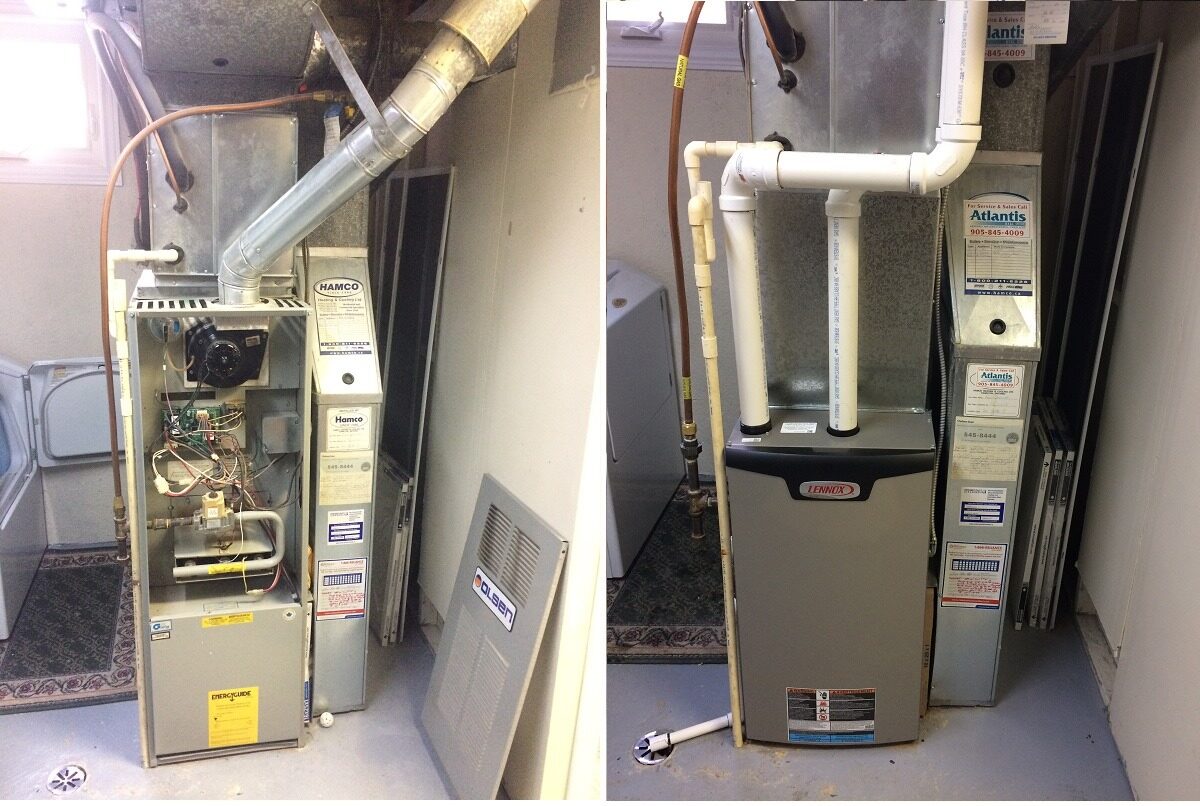GovGPT and SAM.gov are transforming government procurement processes by integrating AI technology to enhance efficiency, transparency, and accessibility. Here’s how Govgpt and Sam.gov collaboration is revolutionizing government procurement:
1. Enhanced Search Capabilities
GovGPT optimizes the search functionality within SAM.gov by using advanced natural language processing (NLP) to understand and interpret user queries with greater accuracy. This allows government agencies and contractors to quickly find relevant procurement opportunities, reducing the time spent sifting through irrelevant results. The AI-driven search also recognizes synonyms and related terms, providing a more comprehensive list of potential matches.
2. Automated Opportunity Matching
GovGPT automates the process of matching businesses with relevant procurement opportunities listed on SAM.gov. By analyzing a company’s past performance, capabilities, and areas of expertise, the platform identifies the most suitable contracts. This targeted matching increases the chances of successful bids and helps government agencies connect with qualified vendors more efficiently.
3. Streamlined Registration and Compliance
The registration process on SAM.gov can be complex, especially for small businesses. GovGPT simplifies this by guiding users through each step, automatically filling out forms, and ensuring that all necessary information is accurate and complete. Additionally, GovGPT helps businesses maintain compliance by monitoring regulatory changes and updating their profiles as needed, reducing the risk of disqualification from procurement opportunities.
4. Data-Driven Procurement Insights
GovGPT provides government agencies with advanced analytics and insights based on data from SAM.gov. These insights help agencies make informed decisions about procurement strategies, vendor selection, and contract management. For example, agencies can use data trends to predict future procurement needs, assess the performance of existing contractors, and optimize their procurement processes.
5. Automated Bid Preparation and Submission
GovGPT simplifies bid preparation by automating much of the documentation and proposal generation process. The platform ensures that bids meet all submission criteria and are aligned with the requirements of the procurement opportunity. This reduces the administrative burden on businesses and increases the quality and competitiveness of their bids, leading to better procurement outcomes for government contract management agencies.
6. Improved Transparency and Accountability
By integrating GovGPT with SAM.gov, the procurement process becomes more transparent. AI-driven monitoring and reporting tools allow for real-time tracking of procurement activities, ensuring that all stakeholders are informed of progress and potential issues. This increased transparency helps prevent fraud, waste, and abuse, promoting accountability in government spending.
7. Simplified Contract Management
GovGPT streamlines contract management by centralizing all contract-related documents and tasks in one platform. It provides automated reminders for key deadlines, tracks contract performance, and ensures compliance with all contractual obligations. This reduces the administrative burden on both government agencies and contractors, leading to more efficient and effective contract execution.
8. Accessibility for Small and Minority-Owned Businesses
GovGPT’s ability to simplify the registration, compliance, and bidding processes makes government procurement more accessible to small and minority-owned businesses. By reducing barriers to entry, GovGPT helps these businesses compete more effectively for government contracts, fostering a more diverse and inclusive procurement landscape.
Conclusion
The integration of GovGPT with SAM.gov is transforming government procurement processes by making them more efficient, transparent, and accessible. Through enhanced search capabilities, automated matching, streamlined compliance, and data-driven insights, GovGPT is helping government agencies and contractors navigate the complexities of procurement with greater ease and success. This collaboration is setting a new standard for how government procurement is managed, ultimately leading to better outcomes for all stakeholders involved.





